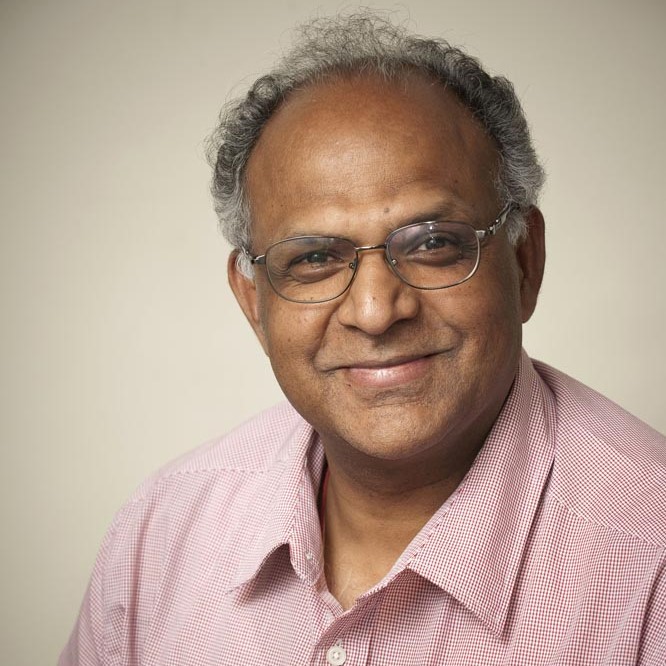Animesh Jha
University of Leeds, United KingdomFor significant achievements in the engineering and development of novel glass materials and devices for photonic and bio- photonic applications, as well as for actively serving the optical community.

“Optics in general is a growing field,” says Animesh Jha, Professor of Applied Materials Science. "Continuing advances of laser applications in medicine and making efficient 2D-photonics with and without electrical pumping will continue to grow,” he adds. Animesh also notes that optical/photonic materials and devices and laser-matter interaction as research fields have longevity because there are always new materials which lead to new device concepts and new applications. An example of this can be seen in the practical applications of Animesh’s research.
His research focuses on two areas. The first involves using femto-second pulsed laser-biomaterials interaction for restoring damaged hard-soft tissues. In practical applications, this involves using the pulsed lasers to restore damaged teeth, gums, and bones. He is currently working on this research in collaboration with the Medical School at the University of Leeds and says that one of the biggest challenges is to design a safe process for clinical use. His other area of research is in 2-D photonics and control of coherence in confined geometries. In this area, he finds polarization control and spatially uniformity on sub-nano meter scale to atomic scale the biggest obstacle in creating high-quality 2-D photonic materials. However, he proposes that the coolest discovery in this area may be in generating widely tunable coherent photons in 2-D materials with electrical pumping and by utilizing low power.
As a child, Animesh used to read biographies of scientists such as Enrico Fermi, J.C. Bose, and Albert Einstein. His father was an English and History teacher in a remote town in India, and always bought science and engineering books for Animesh. Although chemistry was more popular in his household while growing up, Animesh’s interests were centered in the experimental aspects of physics and in learning mathematics. After receiving his Bachelor’s and Master’s degrees in Metallurgical Engineering from universities in India, he was admitted to the PhD program in Sulphide Minerals Science at Imperial College London on a full scholarship.
Animesh says that his favorite part of the research process is “solving problems with the team using the essential theoretical and experimental tools.” He credits participation in competitive games and sports while growing up as helping him developing skills in understanding the role of the team and how to be a team player.
What he likes most about working as a team is training young researchers to develop critical thinking skills. “Make your theory solid and do experiments – prove it and you will see the beauty in front of you,” he advises young researchers.
When asked about the future of optics, Animesh notes that the biggest trend right now is quantum technology. He says that promoting optics in school from an early age by creating immersive/ living lab experiences about light and its properties will help generate a very good thought process for the future of optics.
Profile written by Jeanette Gass
